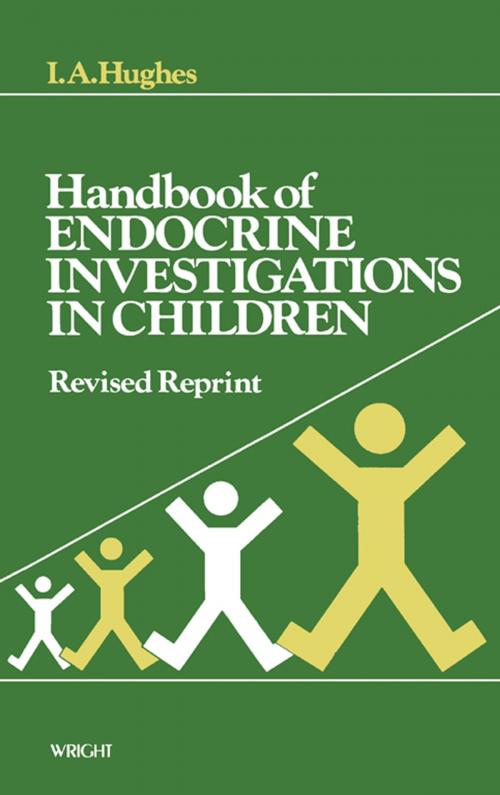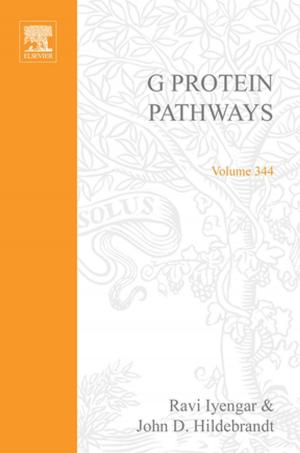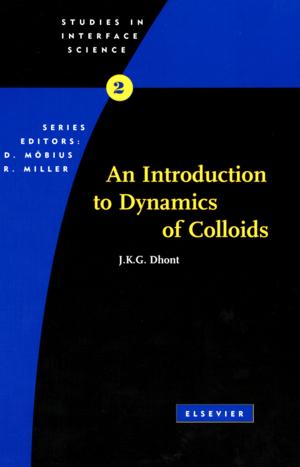Handbook of Endocrine Investigations in Children
Nonfiction, Health & Well Being, Medical, Specialties, Clinical Medicine, Health, Ailments & Diseases| Author: | I. A. Hughes | ISBN: | 9781483183527 |
| Publisher: | Elsevier Science | Publication: | October 22, 2013 |
| Imprint: | Butterworth-Heinemann | Language: | English |
| Author: | I. A. Hughes |
| ISBN: | 9781483183527 |
| Publisher: | Elsevier Science |
| Publication: | October 22, 2013 |
| Imprint: | Butterworth-Heinemann |
| Language: | English |
Handbook of Endocrine Investigations in Children serves as a guide to general pediatricians in the investigation of childhood disorders. This book discusses the widespread availability of commercially prepared growth hormone by recombinant DNA technology.
Organized into eight chapters, this book begins with an overview of the general principles of endocrine testing in children. This text then explores the anterior pituitary gland, which secretes several hormones, including growth hormones, thyroid stimulating hormone, adrenocorticotrophin, prolactin, luteinizing hormone, and follicle-stimulating hormone. Other chapters consider the thyroid function, which is divided into thyroid profile and definitive tests. This book discusses as well the investigations required to determine the causes of hypo-or hypercalcemia associated with either parathyroid disease or disordered vitamin D metabolism. The final chapter deals with the potential application of the methods of molecular biology to the study of endocrine diseases in children.
This book is a valuable resource for general pediatricians, pediatric endocrinologists, and endocrinologists.
Handbook of Endocrine Investigations in Children serves as a guide to general pediatricians in the investigation of childhood disorders. This book discusses the widespread availability of commercially prepared growth hormone by recombinant DNA technology.
Organized into eight chapters, this book begins with an overview of the general principles of endocrine testing in children. This text then explores the anterior pituitary gland, which secretes several hormones, including growth hormones, thyroid stimulating hormone, adrenocorticotrophin, prolactin, luteinizing hormone, and follicle-stimulating hormone. Other chapters consider the thyroid function, which is divided into thyroid profile and definitive tests. This book discusses as well the investigations required to determine the causes of hypo-or hypercalcemia associated with either parathyroid disease or disordered vitamin D metabolism. The final chapter deals with the potential application of the methods of molecular biology to the study of endocrine diseases in children.
This book is a valuable resource for general pediatricians, pediatric endocrinologists, and endocrinologists.















